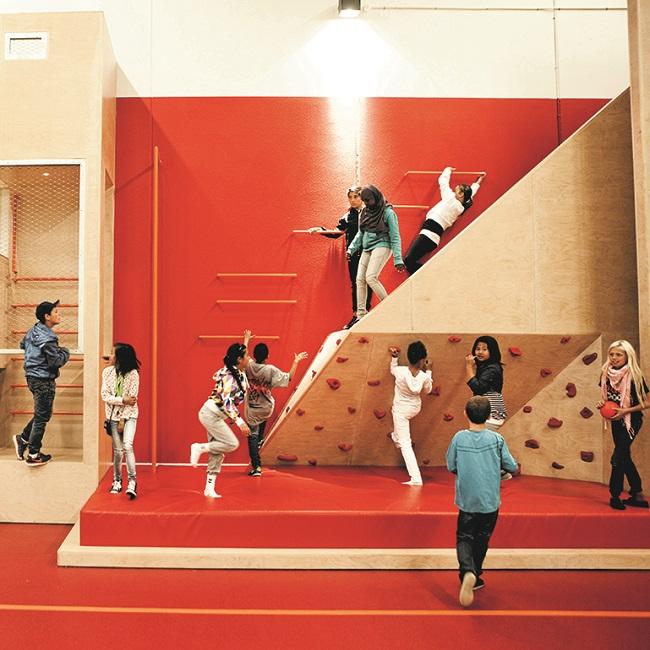
New exercise spaces

published in sb 1 2020
Author: Harald Fux, RAUMKUNST ZT, www.raumkunst.at
We are currently witnessing a veritable boom in the construction of new and renovation of existing educational facilities, and thus also in school exercise spaces, particularly in certain German and Austrian municipalities. Urban growth due to the population influx into these municipalities and the resultant increase in urban density are now prompting massive investment from the public sector and also from private bodies. It seems that the years of stagnation are over and that in some cases considerable financial resources are being freed up.

photo: Keingart